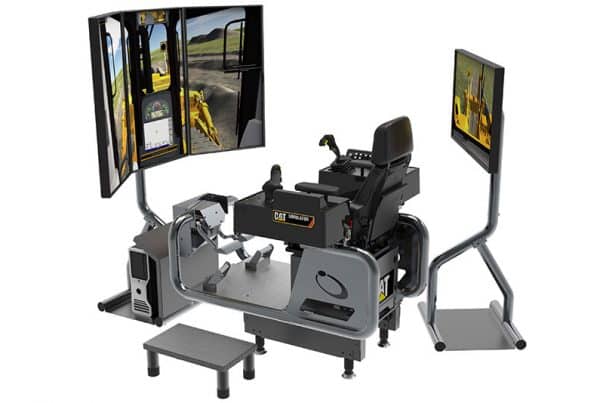Law enforcement alone can't handle the job of keeping people off their cellphones while driving. Despite the dangers to personal well-being and the risk of receiving a ticket, commuters continue to talk and text while behind the wheel. These situations are making the incidence of crashes increase, a stat police are eager to reduce. However, the challenge of finding a safe yet effective tool that conveys enough power in its delivery but does not jeopardize the physical health of participants remains.
Thankfully for them, some entities have begun investing in simulation development to promote realistic experiences and training about the repercussions of phone operation while behind the wheel. The hope is if people are able to see an accurate representation of what could happen when something goes wrong, they will be sufficiently dissuaded about continuing the practice.
Time behind the wheel
Giving someone a typed print-out of what can happen when he or she texts and drives is not as effective as showing that person in a realistic setting. The benefit of simulation development allows companies with these tools to engage participants in a much different way by creating an immersive experience that is more likely to have a big impact. Especially when it comes to dangerous driving, illustrating the difficulties can stick with a user in a more meaningful way than just telling them what could happen.
That is what National Save A Life is banking on, according to Lions Roar News. The anti-phone advocate is providing people with the opportunity to use custom learning software in a simulation environment that challenges people to answer texts while driving on a busy, well-lit highway. This does not even begin to account for low light or other adverse weather elements, but proves to drivers just how deadly texting or talking while driving can be. Those who participated in the event admitted to being strongly affected by the simulation, with many stating they would make efforts not to violate cellphone laws again while behind the wheel.
The next step
Some simulation training goes a step further, following collision victims all the way to the hospital and showing them first-hand the traumatic results of dangerous decisions. The Chronicle Herald wrote that these experiences may be shocking or upsetting to some participants, but that just means the message is getting through.
"Distracted drivers are three times more likely to be involved in a crash than attentive drivers, and distraction factors in 400,000 crashes in North America last year," said Eric Bolland of Bolland Driving Solutions, whose company has been employing simulation learning for some time in an attempt to make safer, better-educated drivers. "It's something we take seriously. We want to keep on reminding the public that distracted driving decreases their reaction time, and makes them more prone to accidents."
Other entities interested in making the same kind of forceful impact should talk to CSE Software Inc. about how to best build and implement these solutions for maximum return on corporate development investments. By creating tools that immerse participants in realistic situations, they are more likely to feel the emotional impact of these experiences, embrace issues as ones that really affect them and try to solve problems more pragmatically.
The experienced development team at CSE can design simulations for any audience and industry for training and education. Whether it’s students in school or long haul truck drivers, your organization can train on processes, procedures and safety with simulation.
Contact Stacey Burris at sburris@csesoftware.com or 1.309.670.7595 and ask for a simulation development demo today!



